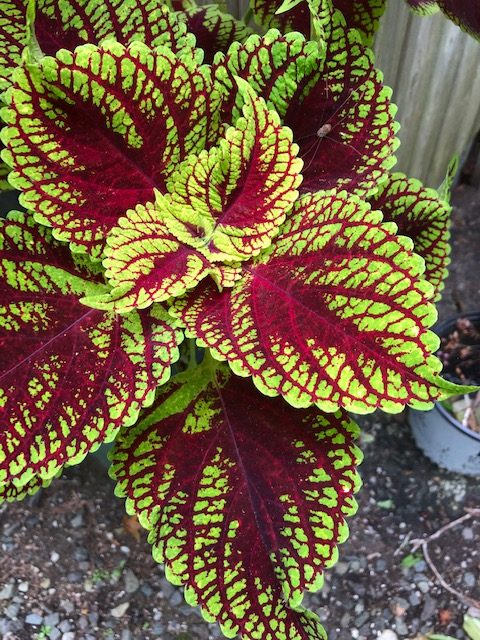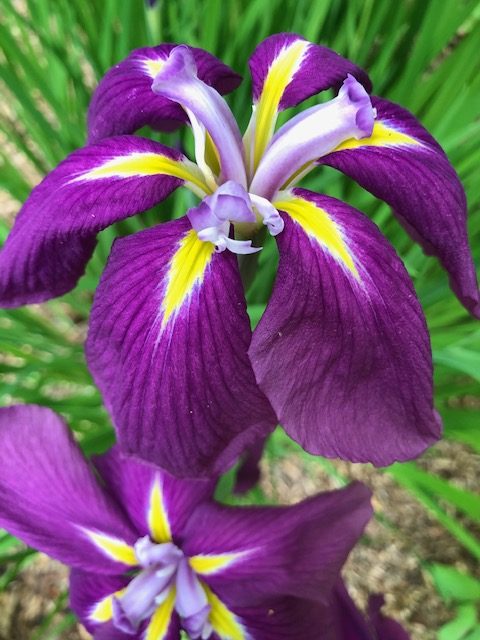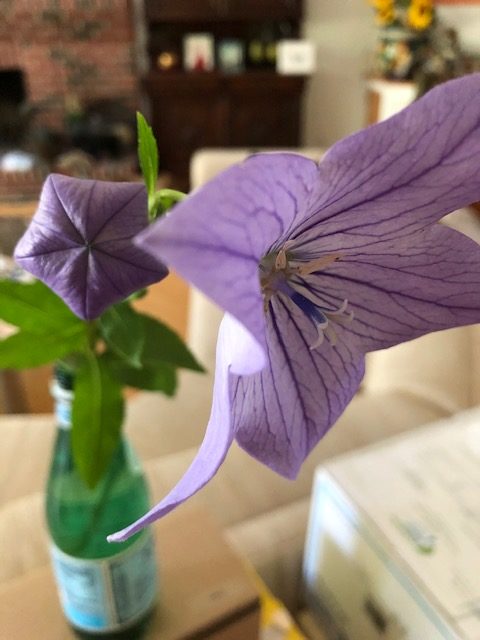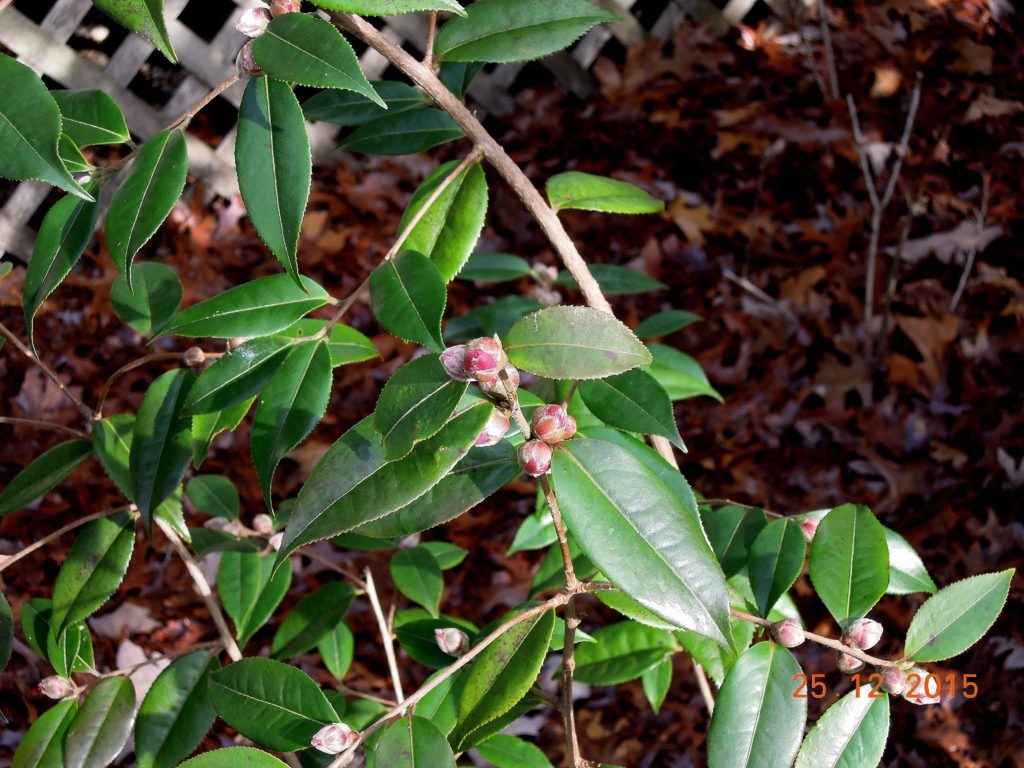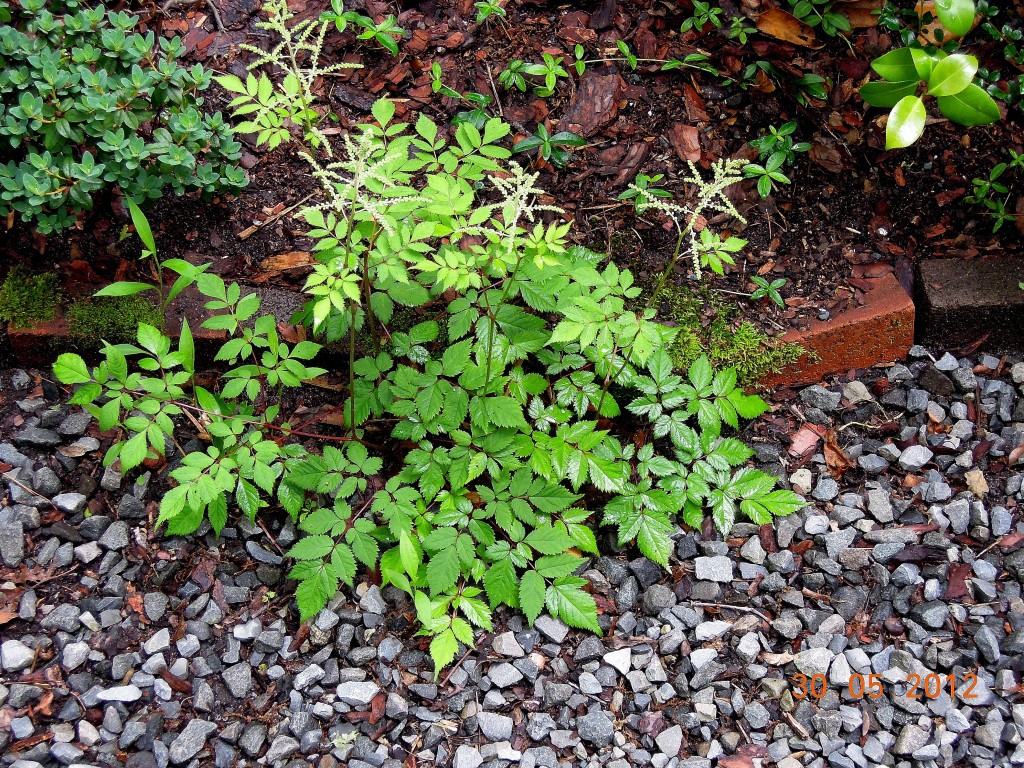Voles are underground terrorists and my garden’s Public Enemy No.1. They may look cute and innocent but these rodents are the spawn of the Devil and guilty of outrageously bad behavior.
After burrowing under ground they are active day and night eating plants, bulbs, roots of trees and shrubs — most everything really, they aren’t picky. Dogwoods, laburnum, styrax, edgeworthia, roses, camellias, azaleas, lespedezas, astilbes (Big-Mac for voles), epimedium, daylilies, woodland orchids, even toxic hellebores and foxgloves (voles never let a little poison come between them and a tasty meal), have been ravished and killed. I could go on and on. Nothing is safe.
Female voles as young as 4-6 weeks can mate throughout the year – that is, when they aren’t eating. Once pregnant, gestation is only about three weeks, and each litter can have 3-6 young. (One reference said up to 10 young.) Do the math: With that sort of reproductive ability they can, in a very short time, overrun a planet, much less a garden. Pretty darn horrifying.
What’s an organic gardener to do?
Poisons and traps that also endanger beneficial wildlife (not to mention beneficial family members) are out of the question. I had some success with Sonic Molechasers that repel voles and other borrowing rodents with penetrating underground sonic sound at 15 second intervals. (Despite the name, moles are not my problem; they eat slugs, not plants, though voles are opportunists and may take over the moles’ sub-soil tunnels.) But Molechasers are powered by batteries and therefore useless in winter when batteries run out and can’t be replaced. I was heartbroken one Spring — when the snow finally melted — to find several beloved camellia plants, loaded with buds, lying on the ground, rootless and dead.
There is a natural solution that works: Voles have sensitive skin and avoid tunneling through abrasive material. Since 2012, after adding sharp particles of stone to the planting soil of new plants, I’ve enjoyed great success repelling these underground terrorists. I mix some stone with the earth at the bottom of the planting hole, then I mix in stone with the rest of the planting soil, and finally, I place a layer of stone around the base of the new plant. My stone of choice is 3/8 Burgundy Red Chip purchased from Southampton Masonry, 1540 County Road 39, Southampton NY, phone: 631-259-8200. (A few members of my garden club have had success adding chicken grit to the planting soil.)
Protecting plants from predator damage is never-ending. Experience tells me that nothing is foolproof at all times and in all circumstances. With that caveat, I’m happy to say that this method has been working for 10 years and counting.
(Note: This post is an update of my 2012 post on the same subject. A version of the article has also been published in the November 2022 issue of my garden club’s newsletter, “HAH Happenings”.)

